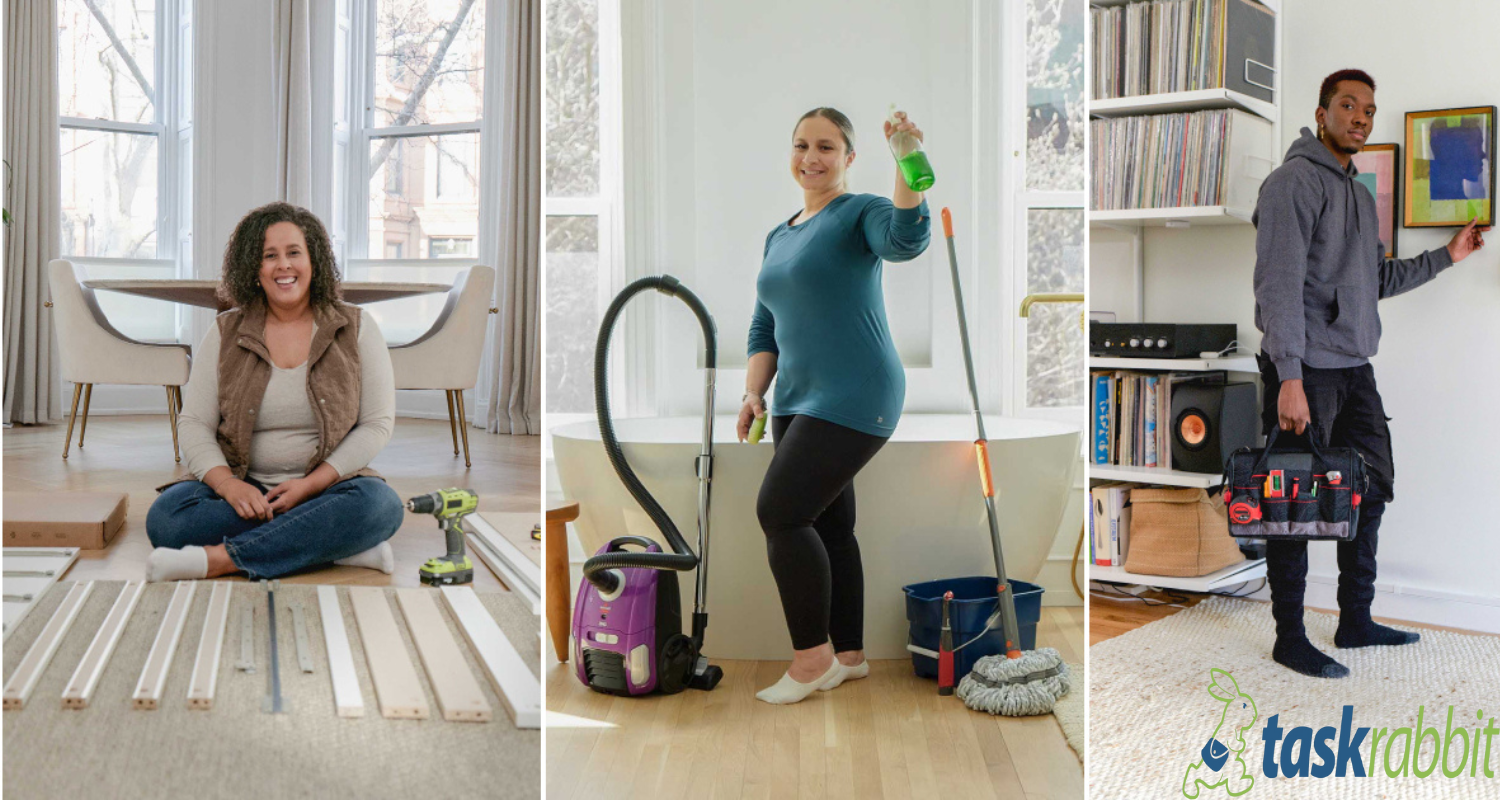How to Improve Indoor Air Quality?
Out of all our survival needs, the air is the most important. Starting from our lungs, then blood, and in the end, all the organs of our body get nourishment when we breathe. However, the entire process needs the air to be pure, which is not as good as we need even inside the buildings. Whether it is radon, heating appliances, or pet dander, many factors can be the source of indoor air pollution.
The after-effects of indoor air pollution can result in irritation in the eyes, nose, and throat, dizziness, headaches, and fatigue. The impact of these pollutants on anyone can depend on factors like their sensitivity, which puts sensitized people more at risk. If we see the broader picture, longer exposure to indoor pollutants can result in conditions like heart disease and respiratory issues.
You have every reason to look for steps to improve indoor air quality and all you need is to know how. Keep reading this blog, as it will take you to a list of measures to take to deal with pollution indoors.
1. Try an Air Purifier
One of the first tasks on your to-do list should be to install an air purifier. That is because this device can eliminate all the air impurities in the room. It can help you in many ways to breathe cleaner air, one of which is with measures to reduce indoor allergens, which can save you and your family members who are allergic to them.
Air purifiers can help purify the air against dangerous chemicals, pet dander, and dust. Removing mold spores can be another benefit, as you may also find relief from the signs of asthma. Investing in Blueair purifiers can also get you smart features, including minimum noise, quality updates, in-app features, and sensors. Blueair 211+ air purifiers can help filter allergens, irritants, and pollutants out of the air. It can refresh stale air and improve the overall air quality of the room. If you want to reduce indoor air pollution, investing in a Blueair air purifier is a good place to start.
Read Next: How Blueair Purifies Your Home's Air Offering Natural Feel?
2. Promote Indoor Greenery
Have you heard of the term phytoremediation? Do not worry! We are not discussing science here and will stay centered around measures to improve indoor air quality. The terminology describes the process involving plants to lower or get rid of the toxicity from the environment. You do not need to dive deeper into this technology, but you have a hint of what we are talking about.
Indoor plants, through the process of phytoremediation, can help lower air pollutants, balance relative humidity, and absorb carbon dioxide. House plants such as peace lilies and bamboo palms can help to reduce Nitrogen by at least 20%. Greenery will do no harm to your homes and offices, you can clearly go boho, add greenery and breathe pure air.
3. Check the Heating Systems
The phrase old is gold might fit well in most instances, but not when it comes to furnaces in heating systems. Older HVAC systems do not circulate the air indoors properly and thus giving you more reasons to get your heating system serviced. Obsolete oil and gas furnaces may even come with the possibility of gas emissions in the home.
Wood-burning fireplaces and stoves are the other heating systems you need to pay attention to. As they release harmful particles in high amounts, they can add to the possibility of long-term lung diseases. However, not all heating systems will harm you; if you choose electric and solar heating options, the air indoors can be way cleaner.
Read Next: Warning Signs that your Furnace Requires Repairing
4. Promote Ventilation
The absence of proper ventilation measures can trap pollution indoors only. Poor airing can also contribute to the build-up of carbon monoxide, high humidity, and even radon concentrations. The simplest and easiest way to improve indoor air quality is by allowing proper ventilation. You already know air circulation happens through open windows and doors, joints, building openings, exhausts, and whole house ventilation.
You must ensure that the vent of your compulsion appliance and clothes dryers are on the outside. If you are fond of painting or use other chemicals for your hobby, give your home extra ventilation. Be sure to run the exhaust in your bathroom and kitchen so that moisture, gas, and cooking fumes find their way out.
5. Let Go of Dampness
It’s no surprise that dampness lowers air quality, contributing to indoor air pollution. They can increase the likelihood of allergies, asthma, respiratory infections, and respiratory problems. It majorly impacts babies, children, older people, and individuals with asthma, allergies, skin problems, or the ones going through chemotherapy.
Dampness can result from a number of factors, including:
- Excess moisture in your home
- Lesser ventilation,
- Leaky roofs or pipes,
- Humid climates
You can get rid of dampness by tracing and removing the areas where moisture gathers in your home. You must also ensure to ventilate your kitchen and bathroom after cooking and showering. These measures can help you improve indoor air quality.
6. Check Dust and Cleaning Measures
The presence of dust can contribute to indoor air pollution. Pet dander, pollen, and dust mite matter can also impact the air quality in your premises. And, do you know that the majority of homes in the United States have dust mites? Both their bodies and waste can need you to look for measures to reduce indoor allergens.
Though cleaning your home regularly can help you get rid of dust and maintain air quality, there is another thing to know. Sanitizers, cleaners, disinfectants, and many other chemicals can produce volatile organic compounds promoting indoor air pollution. To avoid that, you can keep your homes ventilated, minimize temperature, and ensure lowered humidity.
Read Next: Looking for Vacuum Cleaners? These Are the Best Ones Available
Conclusion
Whether at home, the office, or school, we spend most of our day indoors. Though we talk most about different types of pollution, we barely know how to combat indoor air pollution. And we cannot continue living like that! This post has taken charge of walking you through measures you can implement to improve indoor air quality.
Investing in high-quality air purifying equipment like Blueair air purifiers can help you reduce pollutants and allergens in the air. In an investigated survey held in 2021, evidence had been found that air purifiers can improve indoor quality by up to 92%. Along with that, you also need to promote a green and clean environment inside your home and also focus on the ventilation of these premises. We hope the measures mentioned in the blog will help prevent pollutants and improve the overall indoor air quality.






